| |
1997:...it was the creation of the Palais des Congrès model that lead to a search/quest for the meaning of the promenade architecturale. I was first attracted to the Palais des Congrès because of its unique roof garden and the enormous ramp that springs out of the building and provides access to the roof. (The roof/box and the ramp were the first parts of the model created.) It was because of the roof design that the first comparisons to the Villa Savoye were made.
...story of the promenade architecturale continues from here:
1. finished the model and searched for the meaning of the building, and soon all the similarities between the Palais des Congrès and the Villa Savoye became apparent--the superficial comparisons were obvious, but the notion of a promenade architecturale formula came after (as a result of) the comparison.
2. Frampton's caption regarding the promenade architecturale at Villa Stein de Monzie added significance--at the Villa Stein de Monzie the manifestation of the promenade architecturale is more readily evident, especially the notion of a steadily ascending path.
3. The formula gelled through the evidence found in the three buildings.
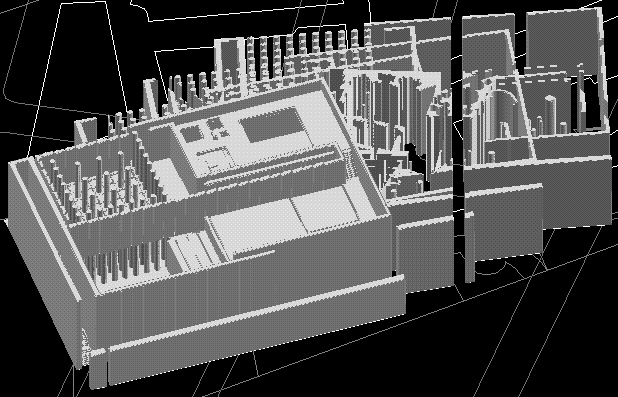
2000: Perhaps the real trick of the camera obscura is that it has managed to keep a lot of Western culture in the dark about how art really gets done.
I very much question the widespread opinion that being able to design well is dependent upon being able to hand-draw well. Such thinking basically means that someone without the use of one or both hands could never be a good designer. Let's hear it for all the **digitally** impaired designers out there that can now fulfill their design dreams because of CAD.
Anyone hear any more about the new voice activated drawing software that speak-no-evil.com is working on? Last I heard they just about finished their deconstruction language version, and next plan to develop several dead language versions.
ciao 4 now OR volare sursum deorsum pedes!
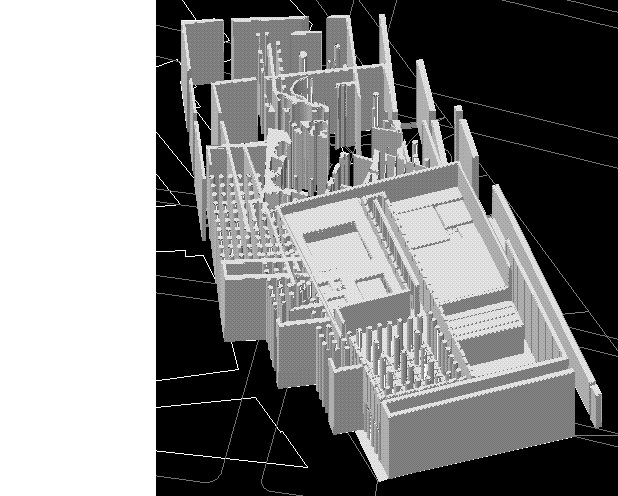
| |
2001: This leads me to then ask, what exactly was the 'dominant' feature of Modernism (in architecture) when it was not a diversity of behavior, or, to but it in your terms, when Modernism was 'classical'? Essentially, I want to know if you can aptly describe when and how exactly architecture was at its most modern, that is devoid of any diversity.
I agree with you that Baroque architecture is not a product of 17th century politics, because Baroque architecture is more the product of 16th century politics (especially politics outside Italy that destabilized Italy). The Baroque of the 17th century is really just a reenactment of its illusory 16th century self, meaning the 17th century Baroque mirrors the 16th century Baroque. To understand the Baroque fully, you must learn to recognize both the illusory self of the Baroque and the Baroque's mirrored reenactment of its illusory self. For reflection of the Baroque to be true requires the Baroque's reflection to be Baroque as well.
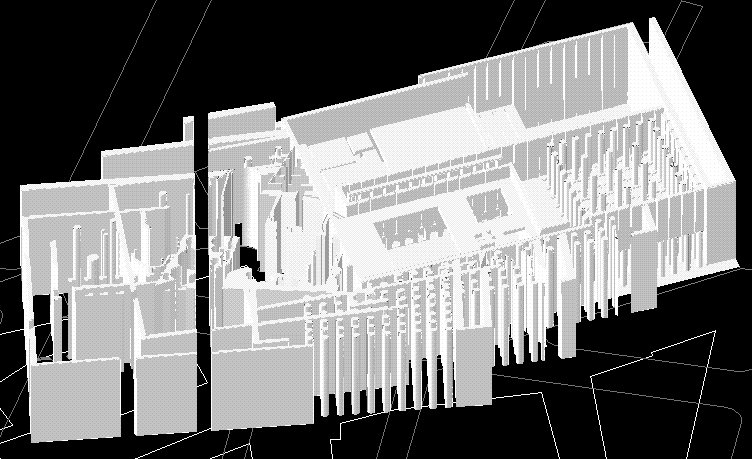
2003: Volumes of Unthinking an Architecture may include Remove, Lacunae, Nimiety, Sagacity, Chronosomatics, Atypical, Domestic, but not necessarily in that order. The order really doesn't matter. I'm thinking of UAA as a multi-part vehicle for product generation and placement. There is also the notion of being purposefully obscurant [toward absurd], thus allowing all kinds of non sequitors and an overall lack of presupposed cohesion.
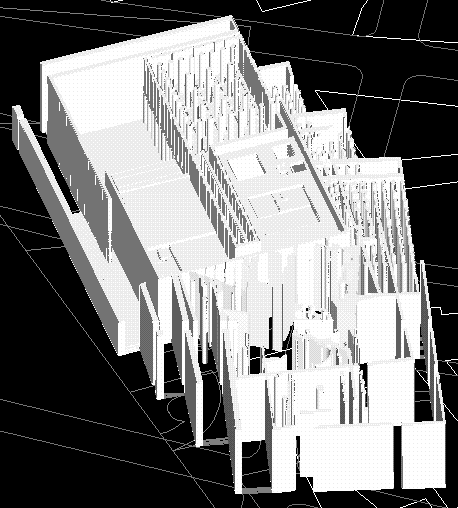
2005: And now I wonder what the Iraqi War Memorial in Washington DC is going to look like. Maybe an exact mirror of the Vietnam War Memorial on the other side of the Mall?
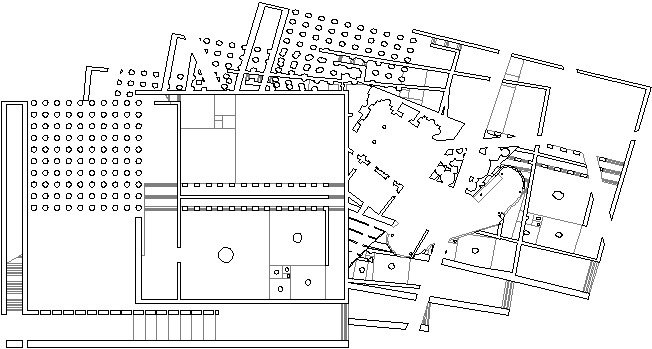
2007: Eutropia, Helena, and Constantine: They did a lot more than dabble; their architecture and urbanism shifted the whole paradigm of the Roman Empire.
Read 30 minutes ago:
Text of pleasure: the text that contents, fills, grants euphoria; the text that comes from culture and does not break with it, is linked to a comfortable practice of reading. Text of bliss: the text that imposes a state of loss, the text that discomforts (perhaps to the point of a certain boredom), unsettles the reader’s historical, cultural, psychological assumptions, the consistency of his tastes, values, memories, brings to a crisis his relation with language.
Now the subject who keeps the two texts in his field and in his hands the reins of pleasure and bliss is an anachronic subject, for he simultaneously and contradictorily participates in the profound hedonism of all culture (which permeates him quietly under cover of an art de vivre shared by the old books) and in the destruction of that culture: he enjoys the consistency of his selfhood (that is his pleasure) and seeks its loss (that is his bliss). He is a subject split twice over, doubly perverse. --Barthes
|




